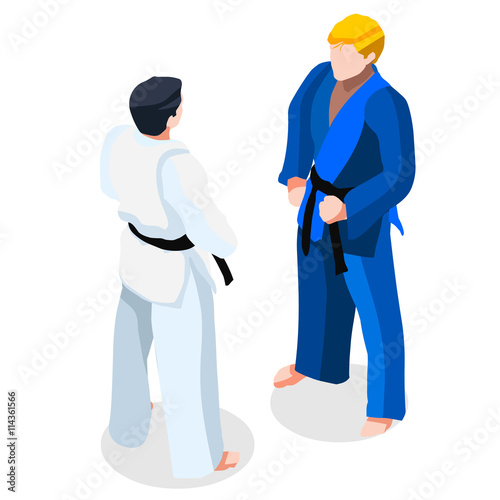Conventional Martial Arts Vs. Modern Fight Sports: Understanding The Key Differences
Conventional Martial Arts Vs. Modern Fight Sports: Understanding The Key Differences
Blog Article
Material Author-Skovbjerg Snedker
When you consider martial arts, do you lean more towards the typical methods or the modern battle sports? Each path offers one-of-a-kind benefits and experiences, shaped by their ideologies and training approaches. martial law art and technique, while modern-day battle sports focus on competition and efficiency. Recognizing these distinctions can guide you in selecting the best approach for your trip. But how do these differences manifest in training and philosophy?
The Approach and Background Behind Conventional Martial arts
While lots of people connect martial arts with physical fight, the philosophy and background behind standard martial arts run much deeper. You'll locate that these disciplines highlight individual growth, technique, and respect.
Stemming from ancient techniques, conventional martial arts were commonly developed for Self-Defense and spiritual development. They embody concepts such as balance, harmony, and self-constraint, guiding specialists beyond plain fighting skills.
As https://www.wkyc.com/article/news/crime/martial-arts-teacher-sentenced-to-6-years-in-prison-sexual-battery-16-year-old-student/95-94a0100c-5259-4a97-998c-381b8d30d532 train, you'll not just learn strategies yet likewise obtain understandings right into the society and values that shaped these arts. The rituals and customs, usually passed down with generations, foster a sense of area and belonging.
The Competitive Nature of Modern Fight Sports
Modern fight sporting activities have changed the landscape of martial arts into a highly affordable arena, where professional athletes face off in an examination of ability, method, and endurance.
You'll notice that competitions are frequently arranged with rigorous rules and laws, ensuring fair play and safety and security. These occasions attract big target markets, fueling the enjoyment and intensity of matches.
Professional athletes educate rigorously, not just for physical prowess but likewise for psychological strength, understanding that every information counts in the ring. The adrenaline thrill throughout competitors is palpable, as fighters push their restrictions to assert victory.
Followers appreciate the athleticism and virtuosity included, making modern-day combat sporting activities a thrilling phenomenon that remains to progress and captivate enthusiasts all over the world.
Training Techniques and Strategies: A Comparative Analysis
The competitive atmosphere of contemporary fight sports demands ingenious training techniques that vary considerably from standard martial arts.
In contemporary training, you'll concentrate on details strategies, competing, and conditioning, often utilizing drills that mimic genuine fight circumstances. Read Alot more 'll see an emphasis on quantifiable efficiency and constant competitors to assess your skills.
In contrast, traditional martial arts focus on kinds, katas, and thoughtful teachings, typically emphasizing self-control and respect over competitors.
Training is typically much less extreme and may include repetitive technique instead of real-time sparring.
While both techniques construct ability and health and fitness, contemporary combat sporting activities offer a much more dynamic and versatile training setting, preparing you for instant challenges in the ring or cage.
Pick the course that straightens with your objectives and rate of interests.
Final thought
In picking in between typical martial arts and modern combat sports, it actually comes down to what you value many. If you're trying to find personal growth, self-control, and a sense of area, conventional arts could be your ideal fit. But if you flourish on competitors and real-time difficulties, modern-day combat sports could be the way to go. Eventually, both courses supply distinct advantages, so it's everything about aligning your training with your personal objectives and rate of interests.
